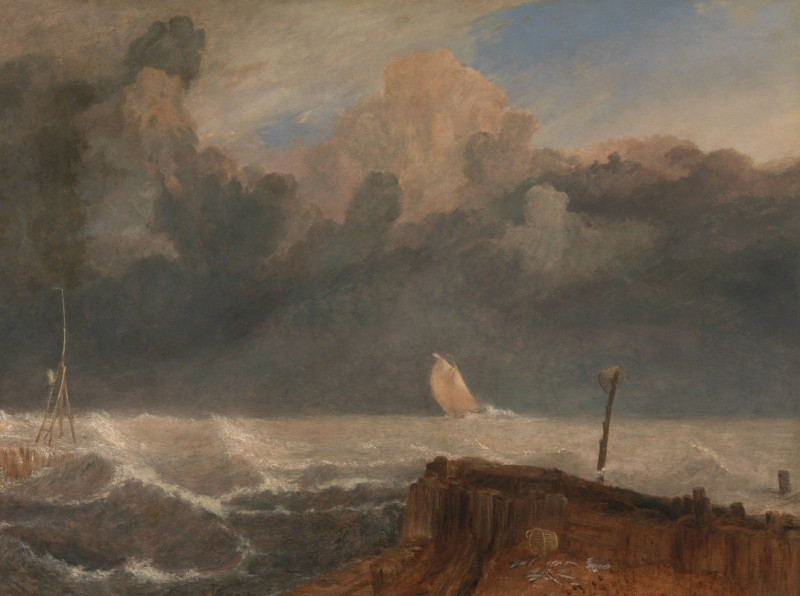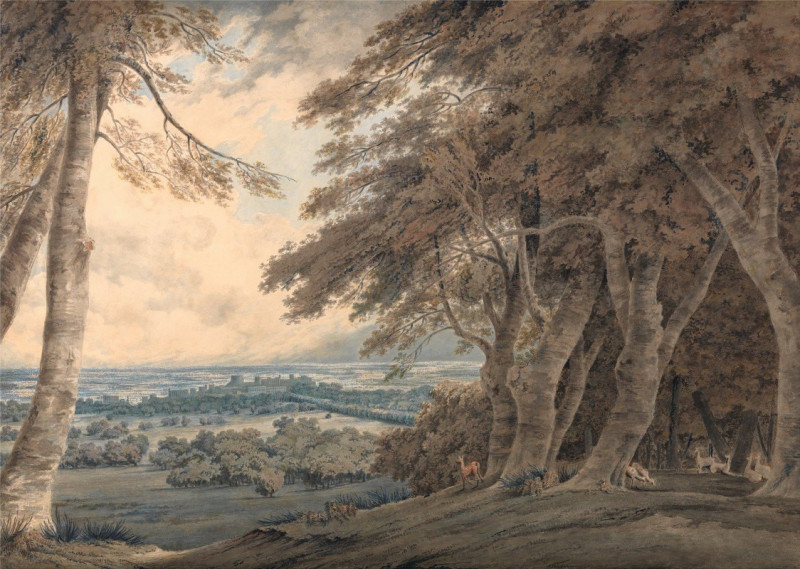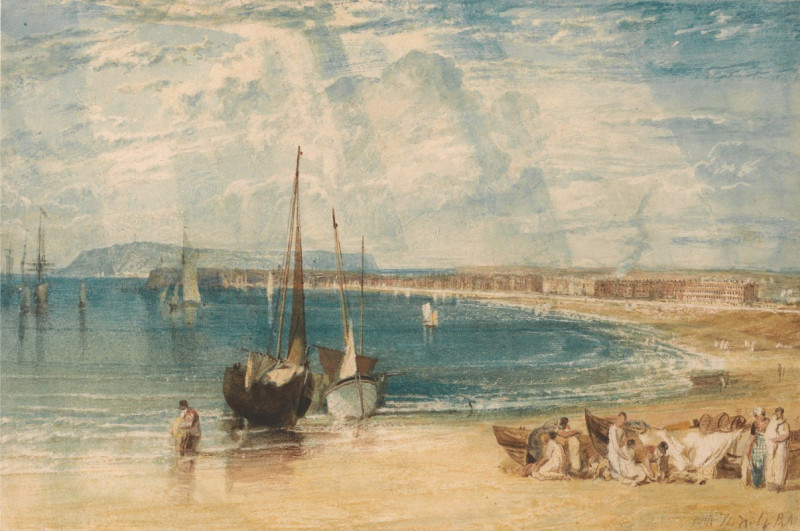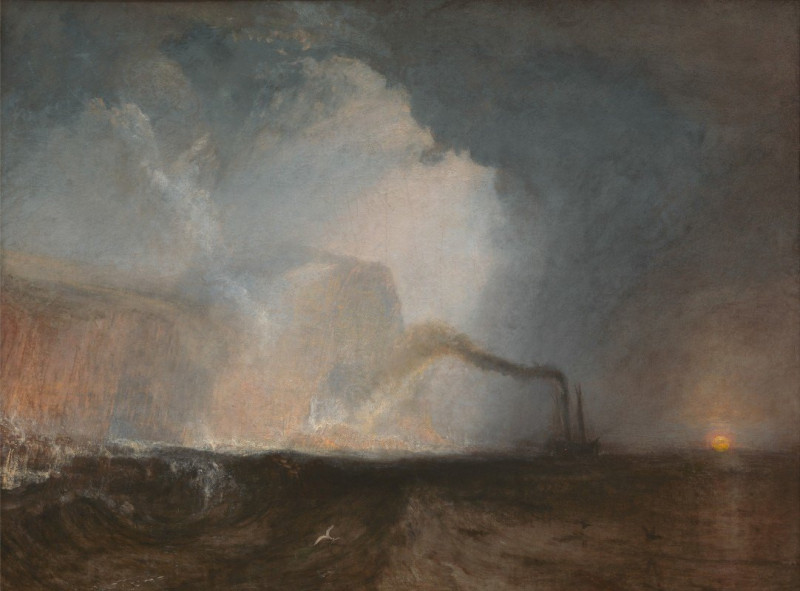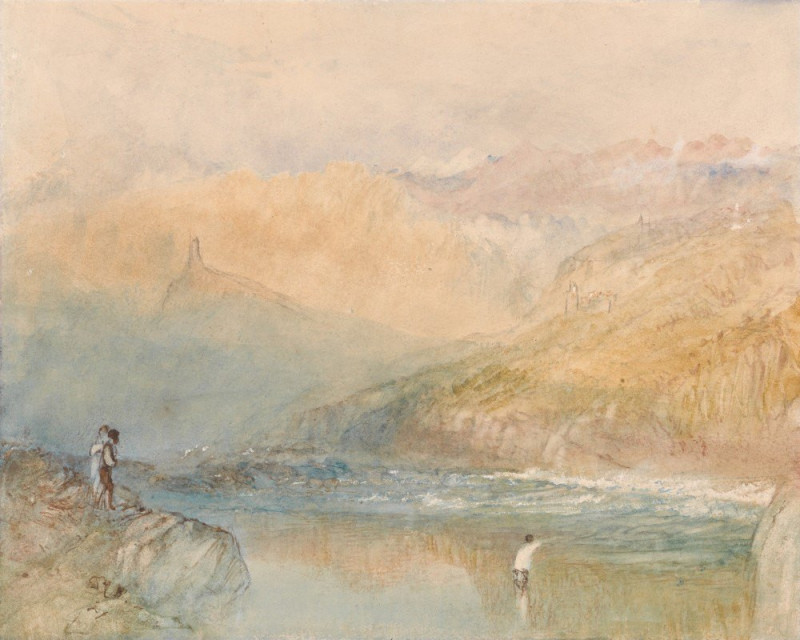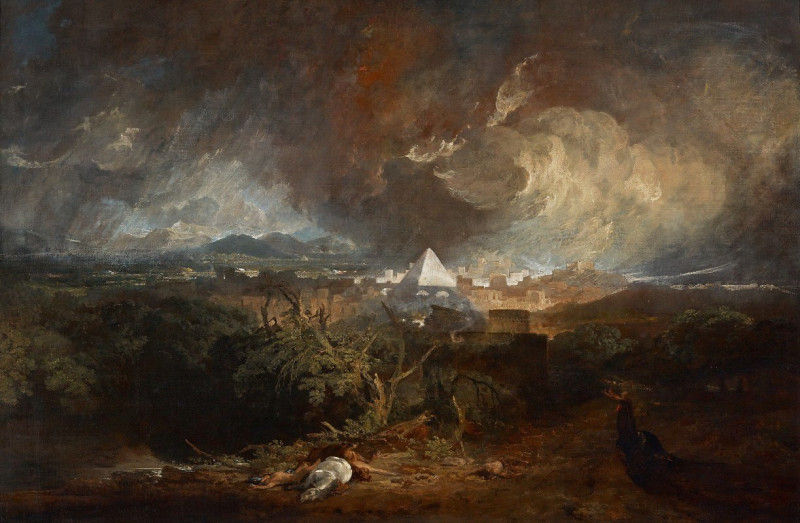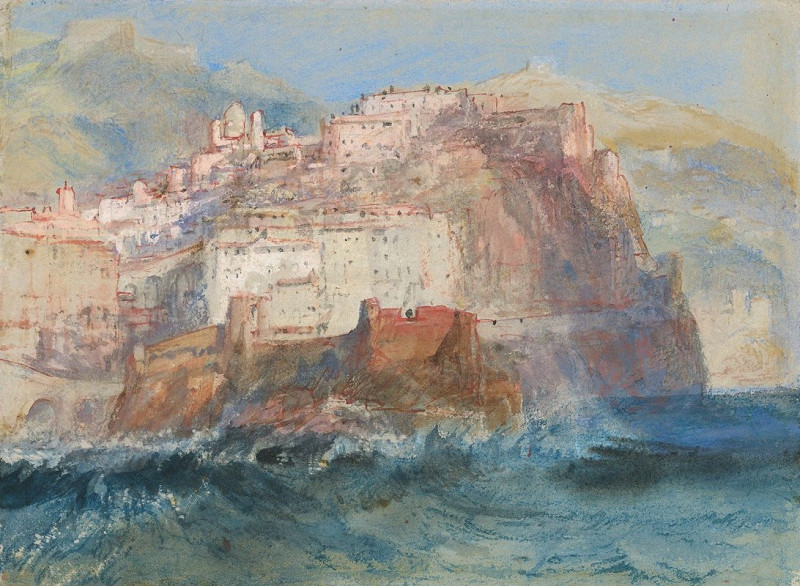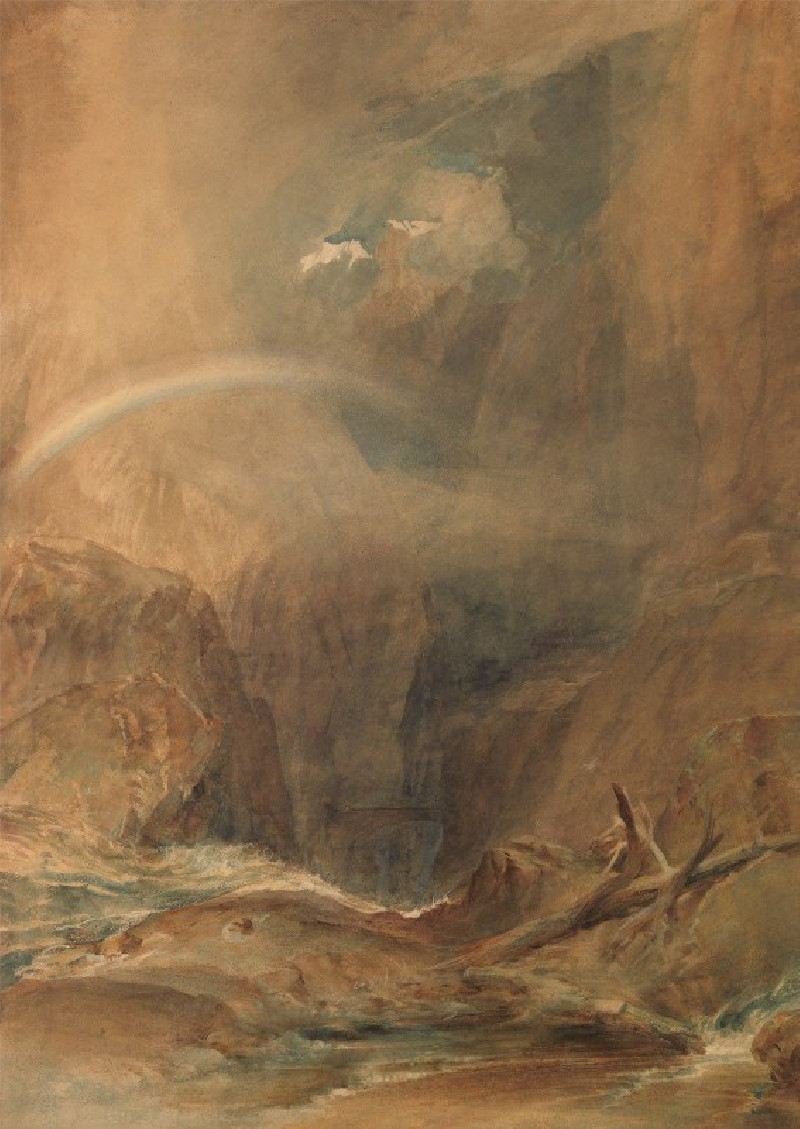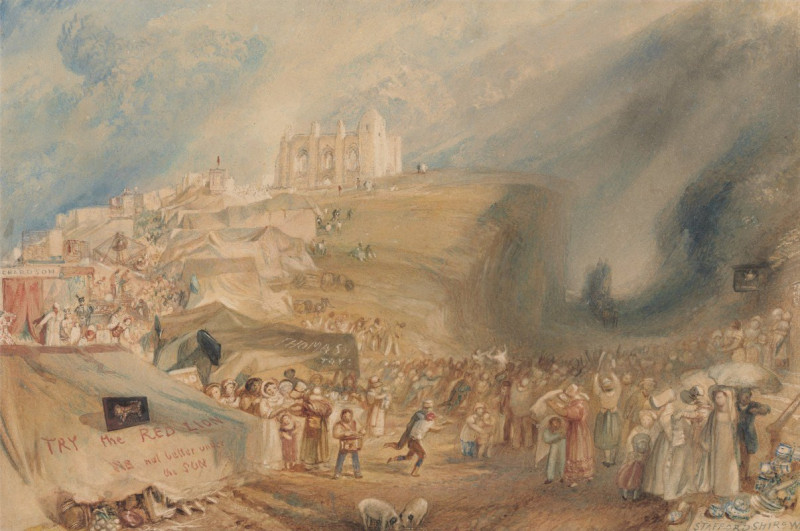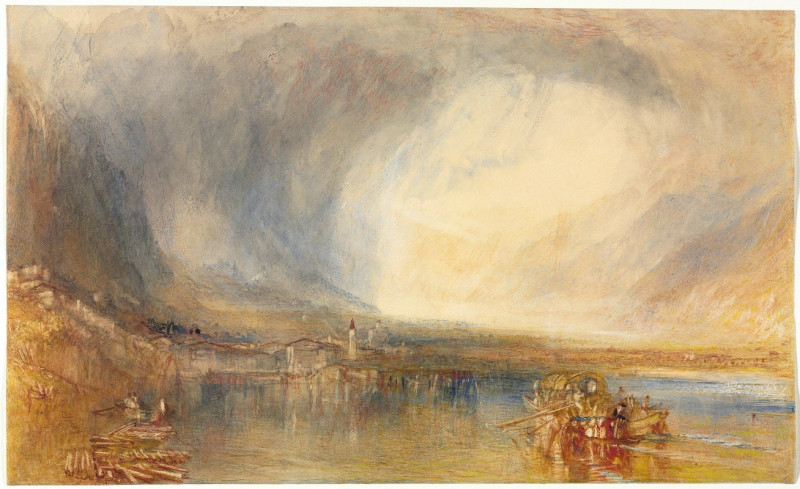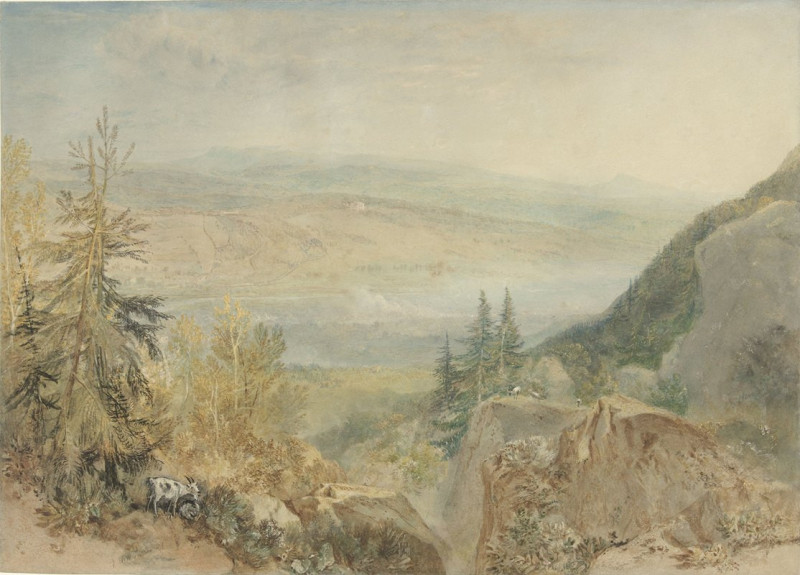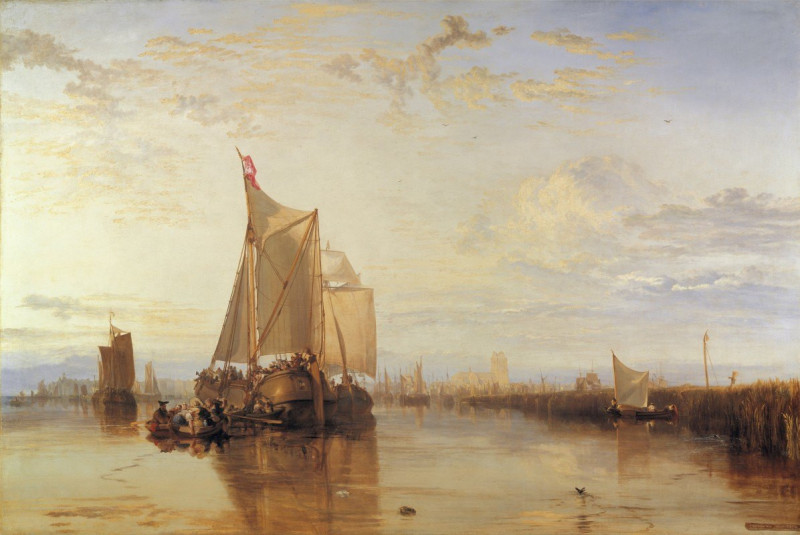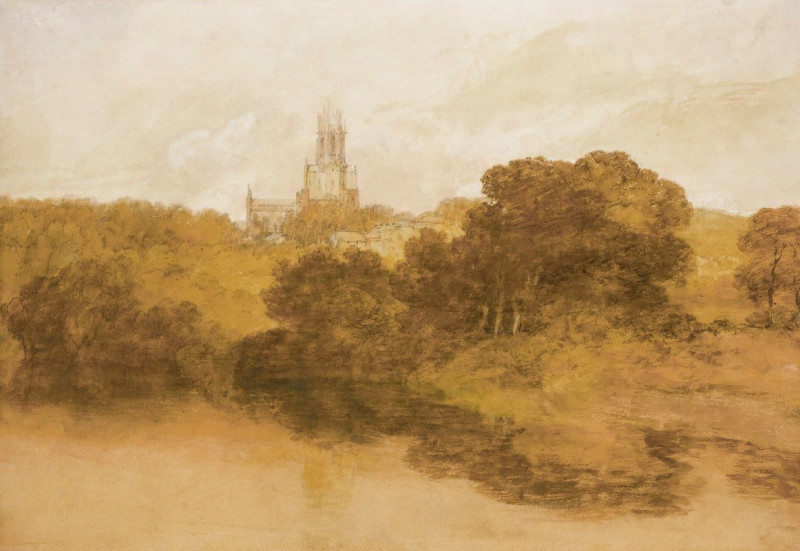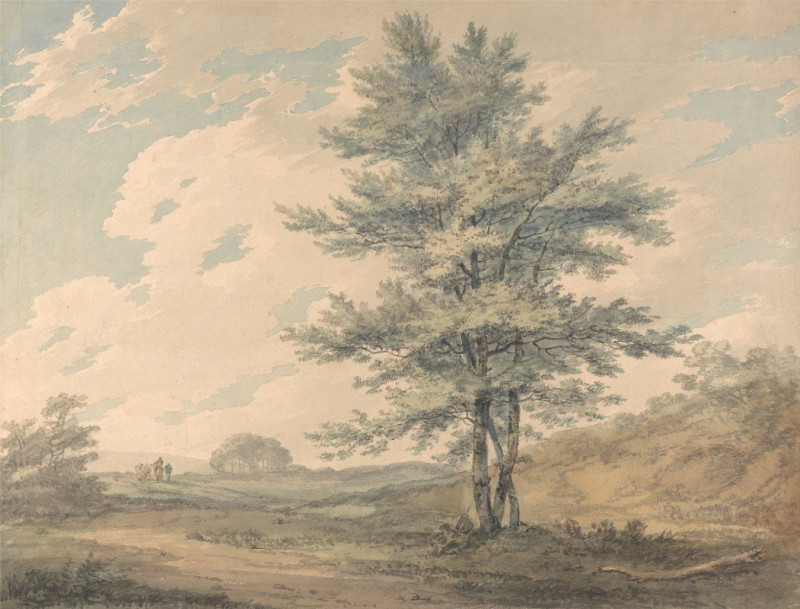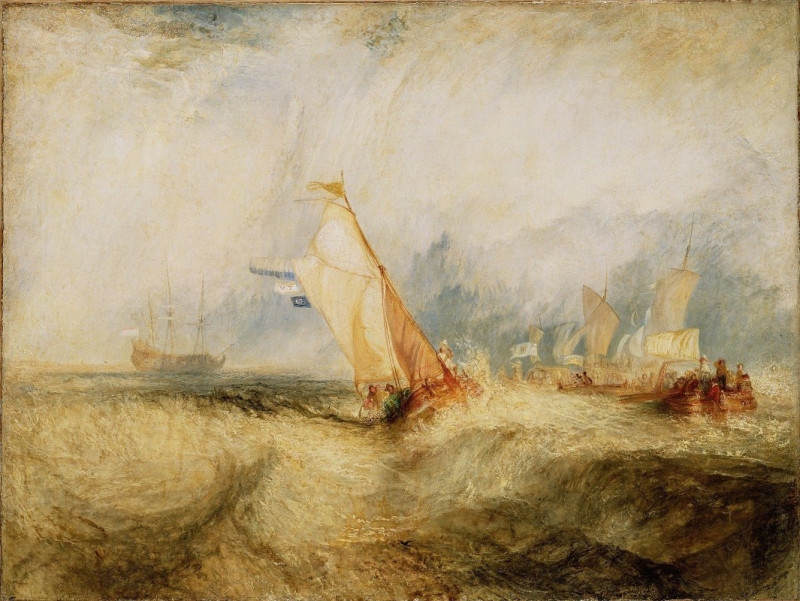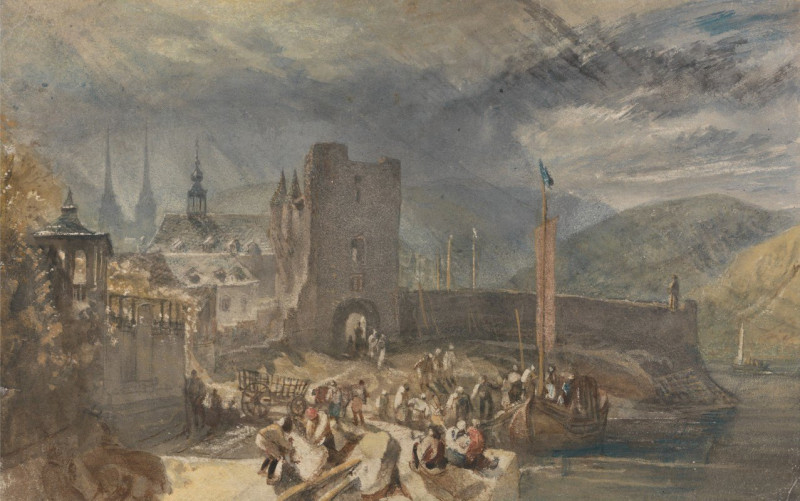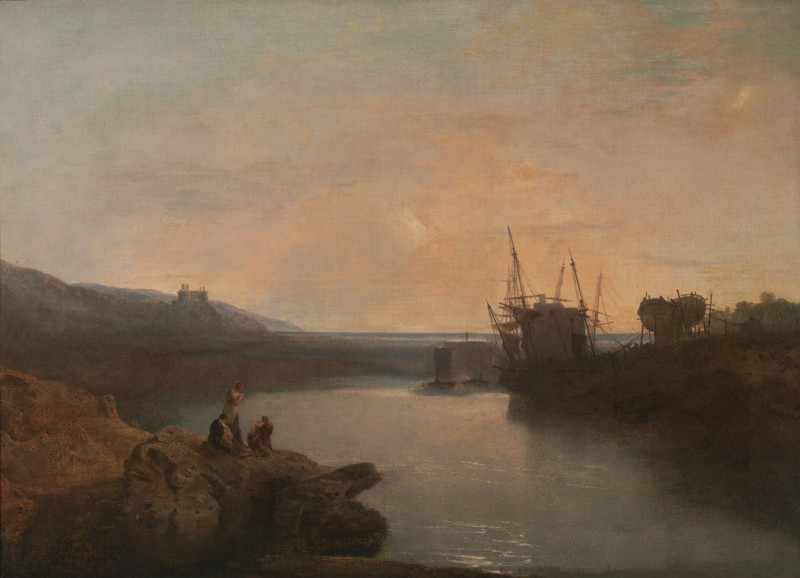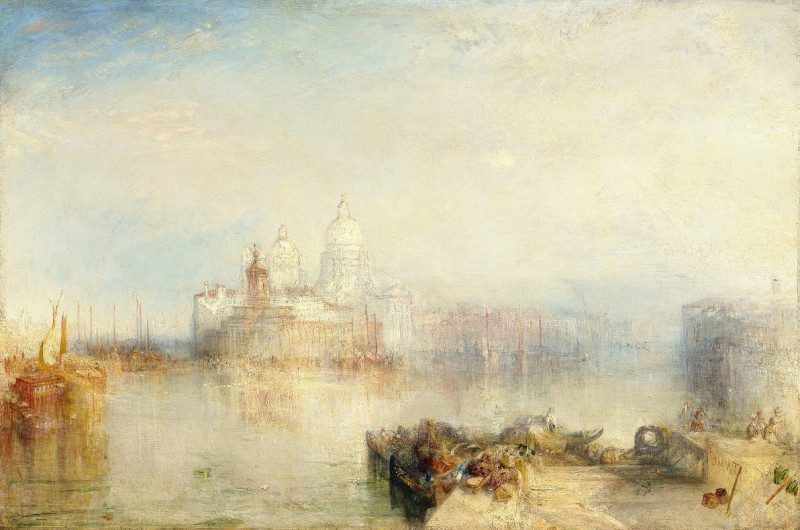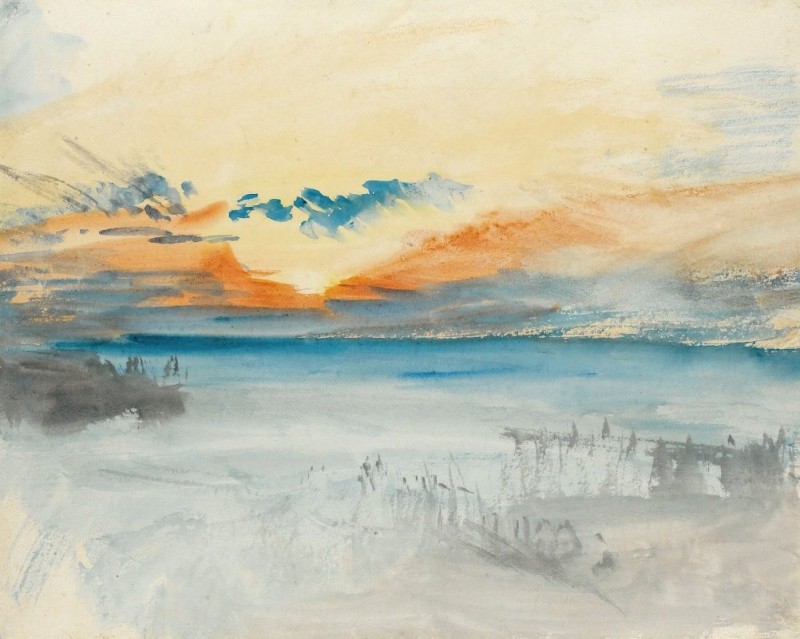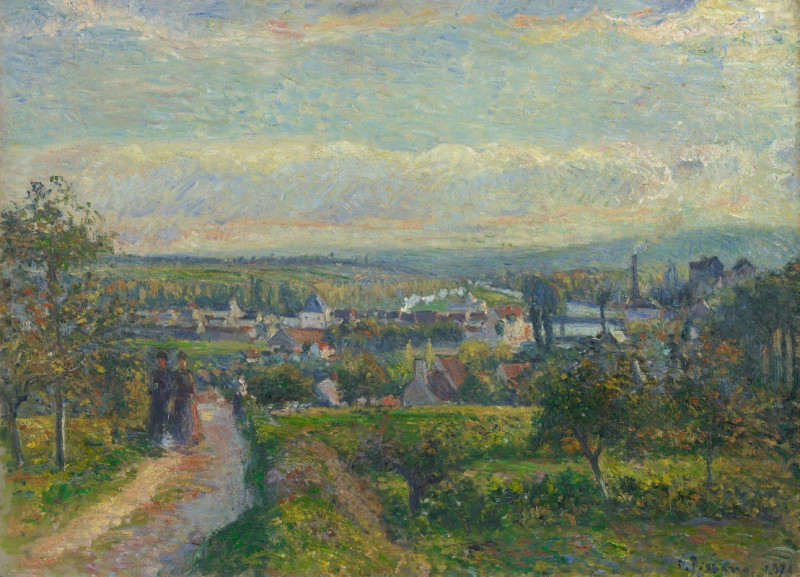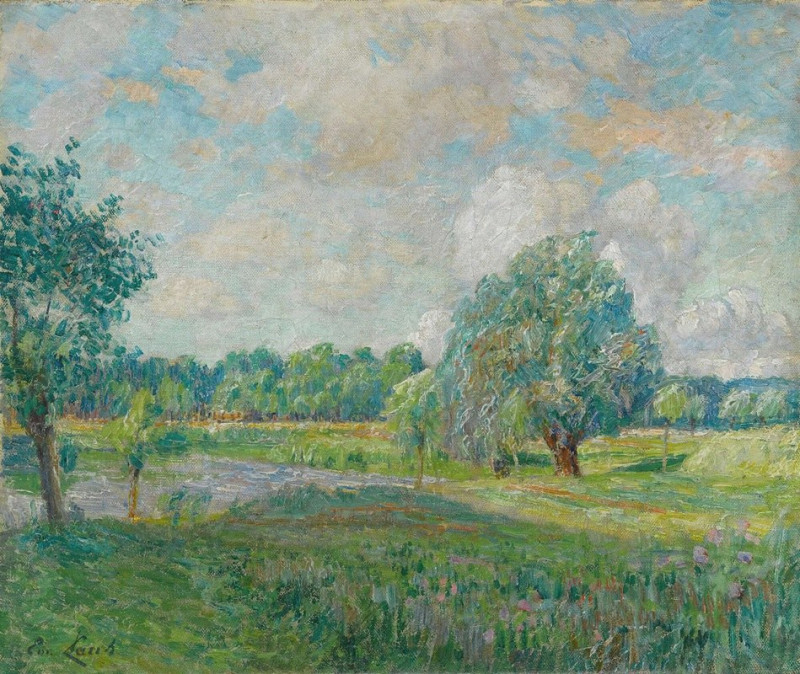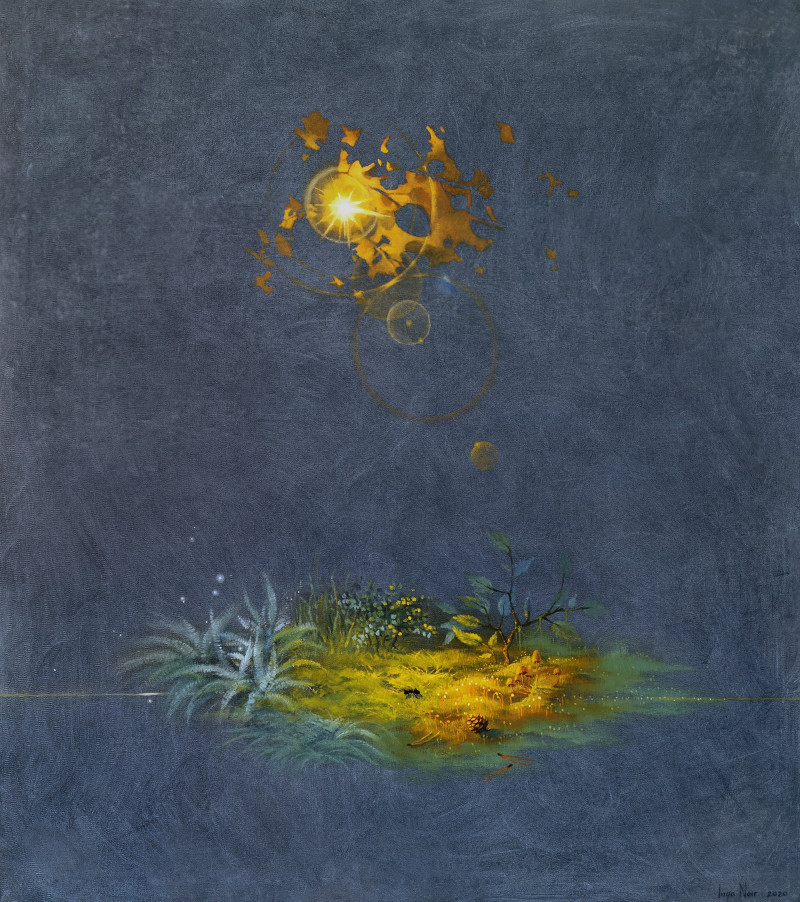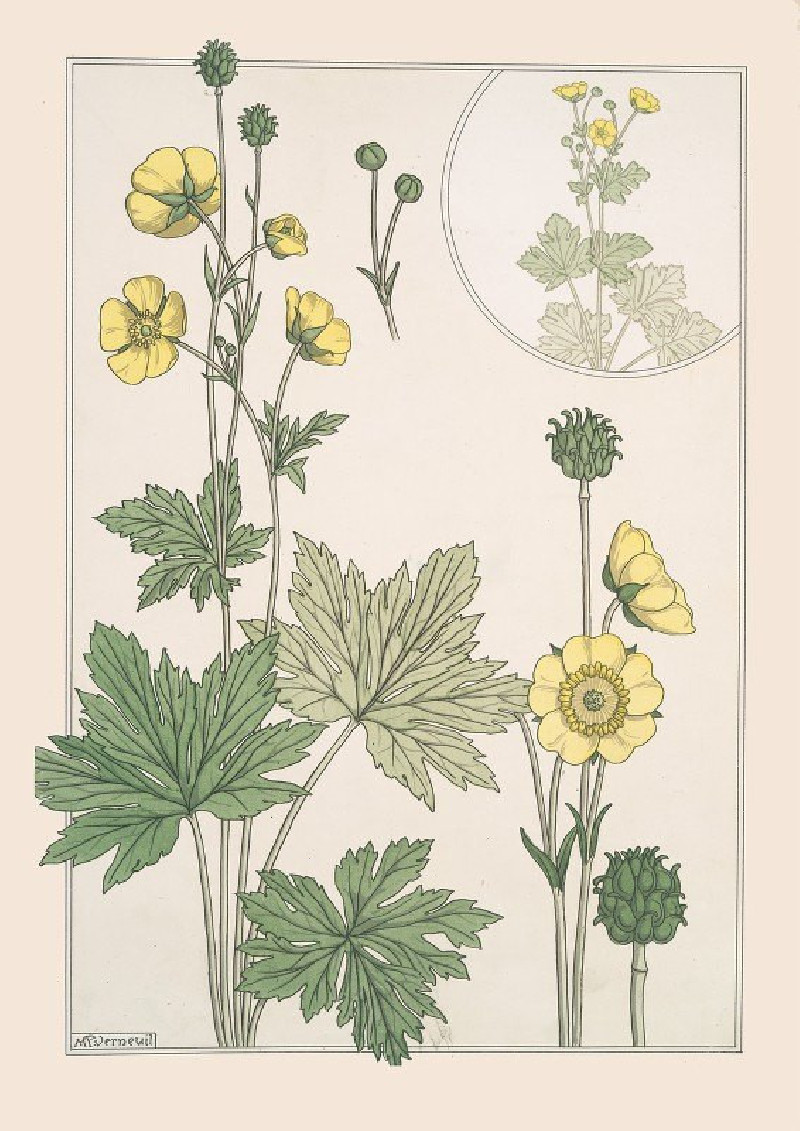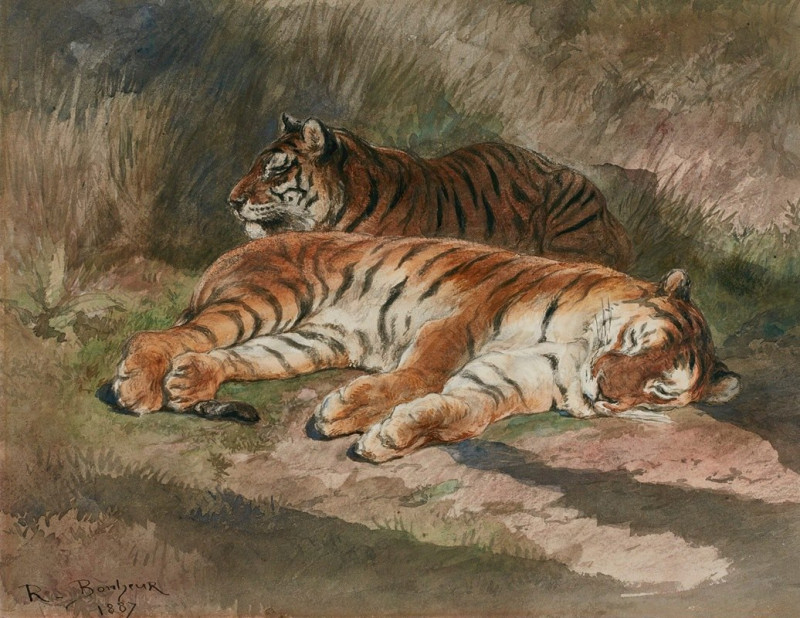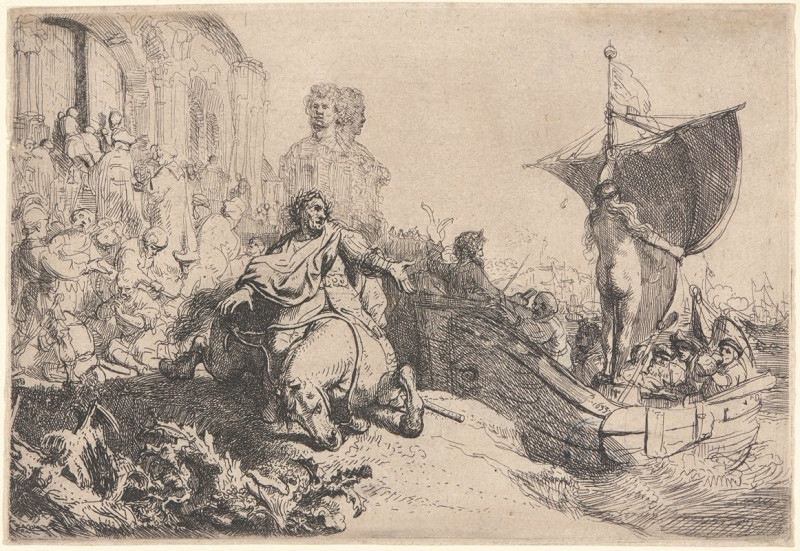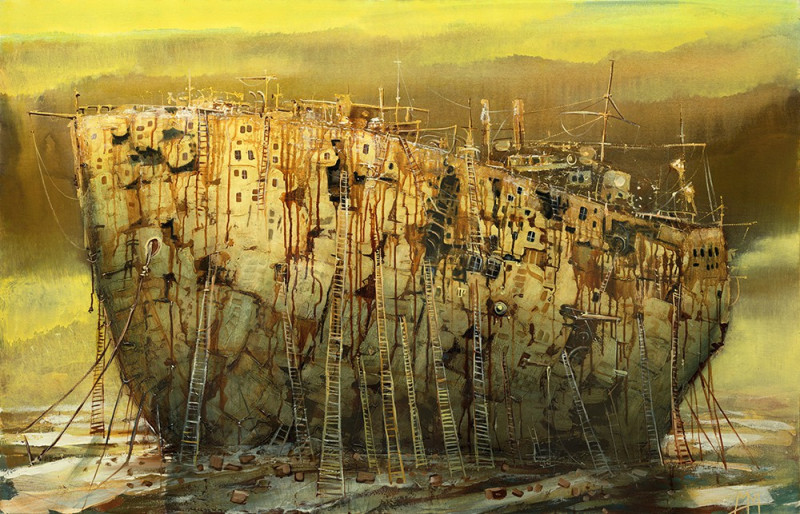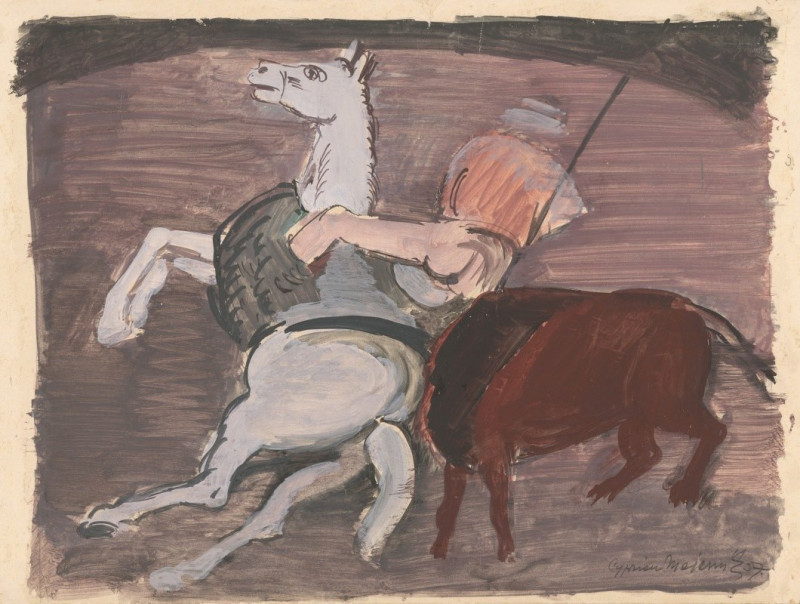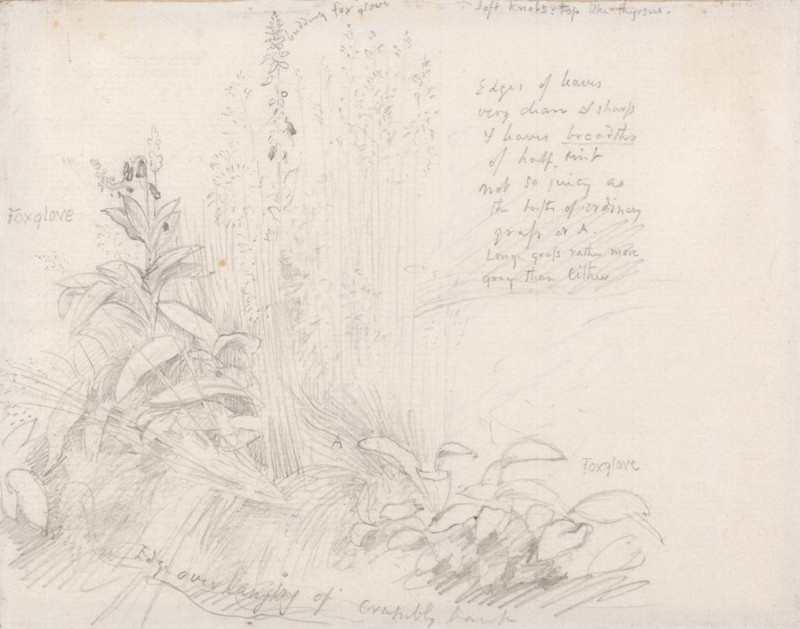South Porch and Tower of an Unidentified Church (between 1790 and 1795)
Technique: Giclée quality print
Recommended by our customers
More about this artwork
"South Porch and Tower of an Unidentified Church" is an evocative drawing from between 1790 and 1795 by the renowned English artist Joseph Mallord William Turner. Known for his expressive colorization and imaginative landscapes, this drawing, however, showcases Turner's skill in detailed architectural rendering and line work.This piece depicts the south porch and tower of a medieval English church in a serene setting. The perspective is skillfully crafted, with the tower rising boldly on the right, juxtaposed against a clear expansive sky that suggests both a sense of scale and the isolation of the structure. The church itself features classic Gothic elements such as pointed arches and robust stonework. Intricate linework delineates the rough texture of the stones and the weathered wooden door, almost inviting the viewer to reach out and touch the surface.In the foreground, the churchyard is scattered with tombstones that lean at various angles, suggesting the passage of time and the enduring memory of those laid to rest. The presence of a few sparse trees adds a touch of life to the scene, their branches etched delicately against the empty sky, evoking a feeling of quietude and reflection.Turner's choice to render the drawing in a monochromatic scheme focuses the viewer’s attention on the interplay of light and shadow, as well as the structural details of the building, rather than the colours that might have dominated a landscape.This drawing is not just an architectural study; it is a moving piece that captures the solemn beauty of historical endurance, illustrating Turner’s versatility and deep appreciation for the natural and built environments.
Delivery
Returns
Joseph Mallord William Turner RA, known in his time as William Turner, was an English Romantic painter, printmaker and watercolourist. He is known for his expressive colourisations, imaginative landscapes and turbulent, often violent marine paintings. He left behind more than 550 oil paintings, 2,000 watercolours, and 30,000 works on paper. He was championed by the leading English art critic John Ruskin from 1840, and is today regarded as having elevated landscape painting to an eminence rivalling history painting.


